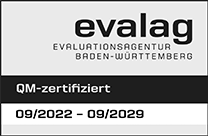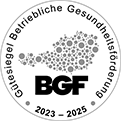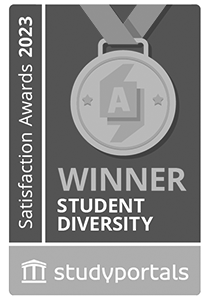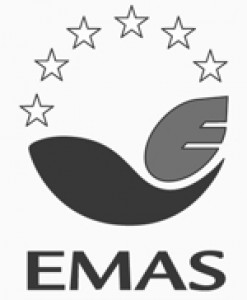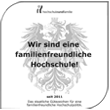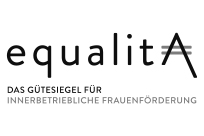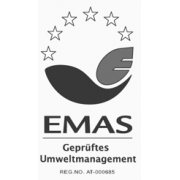UNIVERSITÄT
Services für Menschen mit Behinderungen
Kontakt
Accessibility Office
Mark Wassermann
Telefon: +43 463 2700 9166
E-Mail: Mark [dot] Wassermann [at] aau [dot] at
Services
Hier können Sie sich über die Zugänglichkeit, die Serviceangebote und die Einrichtungen der Universität Klagenfurt für Menschen mit Behinderungen und chronischen Krankheiten informieren. Die Universität Klagenfurt bekennt sich in ihrer Satzung (Teil E/II) zur Gleichstellung von Menschen mit Behinderungen und chronischen Erkrankungen und zur Schaffung von Rahmenbedingungen, die eine gleichberechtigte Teilnahme dieser Personen am gesamten Studien-, Lehr- und Forschungsbetrieb gewährleisten.
Universitäre Einrichtungen
Accessibility Office
Das Accessibility Office ist die zentrale Beratungsstelle für Menschen mit Behinderungen an der Universität Klagenfurt.
Behindertenvertrauenspersonen (BVP)
Gesetzliche Vertretung der begünstigt behinderten Mitarbeiter:innen der Universität Klagenfurt. Weitere Informationen finden Sie auf der Webseite der Behindertenvertrauenspersonen der AAU.
Zentrum für Gebärdensprache und Hörbehindertenkommunikation (ZGH)
Das frühere ‚Forschungszentrum für Gebärdensprache und Hörgeschädigtenkommunikation‘ (FZGS) ist seit 1. 1. 2004 eine Besondere Universitätseinrichtung der Universität Klagenfurt und wurde in ‚Zentrum für Gebärdensprache und Hörbehindertenkommunikation‘ (ZGH) umbenannt. Unsere Forschung bearbeitet die interessanten Phänomene einer im optischen Kanal produzierten Sprache im Vergleich zu gesprochenen Sprachen. Die praxisbezogene Arbeit des Zentrums soll auf lange Sicht eine wesentliche Verbesserung der derzeit äußerst unbefriedigenden Lage der Gehörlosen, aber auch der schwer Hörgeschädigten bewirken.
Weitere Informationen erhalten Sie auf der Webseite des Zentrums für Gebärdensprache und Hörbehindertenkommunikation (ZGH).
Accessibility Services der Bibliothek
Mit den Accessibility Services bemüht sich die Universitätsbibliothek Klagenfurt ihre Angebote für Menschen mit Behinderungen möglichst barrierefrei anzubieten, sowie sie bei der Erstellung barrierefreier Dokumente zu unterstützen.
Am Blinden- und Sehbehindertenarbeitsplatz der Universitätsbibliothek erhalten blinde und sehbehinderte Personen Unterstützung bei ihrer Wissenschaftlichen Arbeit und Recherche in der Bibliothek. Nähere Informationen auf der Webseite des Blinden- und Sehbehindertenarbeitsplatzes.
Abteilung Sozialpädagogik und Inklusionsforschung (Institut für Erziehungswissenschaft und Bildungsforschung)
Informationen zur Abteilung Sozialpädagogik und Inklusionsforschung des Instituts für Erziehungswissenschaft und Bildungsforschung erhalten Sie auf der Webseite der Abteilung Sozialpädagogik und Inklusionsforschung.
Weitere Einrichtungen
- Beratungs-, Mobilitäts- und Kompetenzzentrum (BMKz)
Die kärntner Selbstbestimmt Leben Initiative. - Büro für Assistenz, Information und Service (BASIS)
Anbieter für Persönliche Assistenz und Persönliche Assistenz am Arbeitsplatz in Kärnten. - eAccessibility Initiative
Initiative für einen barrierefreien Zugang zur elektronischen Informationsgesellschaft. - Referat für Gesellschaftspolitik, Ökologie und Menschenrechte der ÖH
Beratung von Menschen mit Behinderungen bei der ÖH Klagenfurt. Ansprechperson: Sascha Asseg. - Uniability
Arbeitsgemeinschaft zur Gleichstellung von Menschen mit Behinderungen und chronischen Erkrankungen an Österreichs Universitäten und Hochschulen. Vereinigung von Behindertenbeauftragten, BVPs, Betreuer:innen von Blindenleseplätzen und anderen im Bereich der Gleichstellung von Menschen mit Behinderungen an Österreichs Universitäten tätigen Personen.
Informationen für Lehrende
Die Universität Klagenfurt bemüht sich, Studierenden mit Behinderungen und chronischen Erkrankungen ein Studienumfeld zu bieten, dass ihren individuellen Bedürfnissen entspricht. Nur die wenigsten Lehrenden haben neben ihrer Lehr- und Forschungstätigkeit die Zeit, sich ausführlich mit den diversen Anforderungen, die im Umfeld eines Studiums mit Behinderung oder chronischer Erkrankung entstehen können, zu befassen. Das Accessibility Office stellt deshalb Hilfestellungen für Lehrende bei der Unterstützung von Studierenden mit Behinderungen und chronischen Erkrankungen bereit.
Zentrale Ansprechstelle für alle Belange betreffend Studierende mit Behinderungen und chronischer Erkrankungen ist die das Accessiblity Office. Bei Fragen wenden Sie sich bitte an Mark Wassermann.
Am Blinden- uns Sehbehindertenarbeitsplatz der Bibliothek erhalten Sie Beratung und Unterstützung in Hinblick auf blinde und sehbeeinträchtigte Studierende. Bei Fragen wenden Sie sich bitte an Andreas Jeitler.
Checkliste für barrierearme Textdokumente
Checkliste für barrierearme Textdokumente
Nachfolgend finden Sie 10 Punkte, auf die Sie bei der Erstellung ihrer Dokumente in ihrem Textverarbeitsungsprogramm (Word, OpenOffice Writer, etc.) achten sollten, um ein barrierearmes Textdokument zu erhalten.
- Verwenden Sie Überschriften (Formatvorlagen) zur Textstrukturierung. Erzeugen Sie bei längeren Dokumenten ein Inhaltsverzeichnis.
- Geben Sie Textalternativen für Grafiken an, deren Inhalt für das Textverstehen relevant ist. Beschreiben Sie Diagramme und komplexe Abbildungen mit Hilfe von Beschriftungen oder im Fließtext.
- Verwenden Sie Listen und Nummerierungen für Auflistungen.
- Verwenden Sie Links und Textmarken zur leichteren Navigation.
- Vermeiden Sie ausgefallene Schriftarten.
- Achten Sie auf einen logischen Textfluss (z.B. Spalten).
- Setzen Sie Tabellen richtig ein.
- Achten Sie auf ausreichend Kontrast zwischen Vorder- und Hintergrundfarbe.
- Geben Sie Metadaten (Autor, Beschreibung etc.) zum Dokument an.
- Kennzeichnen Sie die Textsprache entsprechend.
Sollten Sie an einer Schulung zu diesem Thema interessiert sein, wenden Sie sich bitte an die Interne Weiterbildung. Bei genug Nachfrage wird sicher ein Kurs angeboten werden. Persönliche Beratung erhalten Sie am Blinden- und Sehbehindertenarbeitsplatz der Bibliothek oder bei der Servicestelle Integriert Studieren.
Checkliste für barrierefreiere Präsentationsfolien
Folien in PowerPoint oder OpenOffice.org Impress sind heute medialer Bestandteil der meisten Lehrformen (Vorlesungen, Vorträge, Seminare etc.). In erster Linie werden diese zur visuelle Unterstützung des Gesprochenen eingesetzt. Nachfolgend finden Sie 10 Tipps, wie Sie Ihre Folien derart gestalten können, damit sie für die Anforderungen von Studierenden mit Behinderungen besser geeignet sind.
Checkliste für barrierefreiere Präsentationsfolien
- Erstellen Sie für jede Folie einen Folientitel.
- Verwenden Sie Folienlayouts.
- Prüfen Sie die Lesereihenfolge der Objekte auf jeder Folie.
- Verwenden Sie Listen und Nummerierungen für Auflistungen.
- Geben Sie Alternativtexte für Grafiken, Diagramme etc. an. Für detaillierte Beschreibungen verwenden Sie die Notizfunktion.
- Setzen Sie Tabellen richtig ein.
- Gruppieren Sie Komplexe Objekte, die aus Einzelteilen bestehen.
- Achten Sie auf ausreichend Kontrast zwischen Vorder- und Hintergrundfarbe.
- Überprüfen Sie ihre Folien im Graustufen-Modus, um sicherzustellen dass der Inhalt auch ohne Farben verständlich bleibt.
- Geben Sie Metadaten (Autor, Beschreibung etc.) zum Dokument an.
Sollten sie an einer Schulung zu diesem Thema interessiert sein, wenden Sie sich bitte an die Interne Weiterbildung. Bei genug Nachfrage wird sicher ein Kurs angeboten werden. Persönliche Beratung erhalten Sie am Blinden- und Sehbehindertenarbeitsplatz der Bibliothek oder bei der Servicestelle Integriert Studieren.
Checkliste für barrierefreie Webseiten
Grundlage für die Barrierefreiheit (Zugänglichkeit) von Webangeboten stellen die Web Content Accessibillity Guidelines (WCAG 2.0) dar. Nachfolgend finden Sie einige Grundlagen zu diesen Richtlinien.
WCAG 2.0
Die WCAG 2.0 bauen auf 4 Prinzipien auf, denen die 12 Richtlinien zugeordnet werden. Für jede Richtlinie definiert die WCAG 2.0 Erfolgskriterien (insgesamt 61) die erfüllt werden müssen. Jedem Erfolgskriterium ist eine Priorität (A, AA oder AAA) zugeordnet, die angibt wie wichtig die Erfüllung dieses Erfolgskriteriums für Menschen mit Behinderungen ist.
Wahrnehmbarkeit
- Biete Text Alternativen für nicht-Text Inhalte.
-
Biete Beschriftungen und Alternativen für Audio und Video Inhalte.
-
Mache Inhalte adaptierbar; und verfügbar für Assistive Technologien.
-
Verwende ausreichend Kontrast um Dinge leichter seh- und hörbar zu machen.
Bedienbarkeit
-
Mache jede Funktionalität mit der Tastatur bedienbar.
- Gib BenutzerInnen ausreichend Zeit Inhalte zu lesen und zu nutzen.
- Verwende keine Inhalte, die Anfälle verursachen.
- Hilf BenutzerInnen beim Navigieren und Finden von Inhalten.
Verständlichkeit
- Mache Text lesbar und verstehbar.
- Die Anzeige und Bedienbarkeit von Inhalt muss vorhersehbar sein.
- Hilf BenutzerInnen Fehler zu vermeiden oder zu korrigieren.
Robustheit
- Maximiere die Kompatibilität mit aktuellen und zukünftigen Technologien.
Informationen zur Zugänglichkeit
Die Universität Klagenfurt ist bemüht eine Infrastruktur anzubieten, die Menschen mit Behinderungen und chronischen Erkrankungen eine möglichst gleichgestellte und selbstbestimmte Teilnahme am Universitären Leben erlaubt. Sie finden nachfolgend Informationen über die Zugänglichkeit unseres Campus für Menschen mit Behinderungen und chronischen Erkrankungen:
Erreichbarkeit des Campus mit den Bussen der Stadtwerke (STW) Klagenfurt
Die Linien C, 6, 8 der Stadtwerke Klagenfurt halten direkt an der Universität; die Linien 2 und 9 fahren die Haltestelle „Minimundus“ an, die wenige Geh-Minuten von der Universität entfernt ist. Sie finden die Fahrpläne der einzelnen Buslinien auf der Webseite der Stadtwerke Klagenfurt.
Barrierefreiheit der Stadtwerke Busse:
- Alle Busse der Stadtwerke Klagenfurt sind Niederflurbusse und verfügen über eine integrierte Rollstuhlrampe
- Haltestellennamen werden akkustisch angesagt
- Haltestellennamen werden visuell über ein Display angezeigt.
Barrierefreie Parkmöglichkeiten
Um Personen, die im Besitz eines Ausweises, nach § 29b der Straßenverkehrsordnung, oder eines Behindertenpasses mit dem Zusatzeintrag der Unzumutbarkeit der Benützung öffentlicher Verkehrsmittel sind, den Zugang zur Universität zu erleichtern, verzichtet die Universität Klagenfurt für diesen Personenkreis auf die Einhebung von Parkgebühren.
Parkplätze, die den Normen des § 29b StVO zur Benützung durch Personen mit Mobilitätsbeeinträchtigungen bzw. Rollstuhlfahrerinnen und -fahrern entsprechen, finden Sie am Campus an folgenden Stellen:
- Parkplatz West:
An der Südseite des Parkplatz West, rechts neben der Einfahrt zum Innenhof.
An der Nordseite des Parkplatz West, rechts neben der Einfahrt. - Vorstufe:
Links neben der Einfahrt zum Parkplatz Vorstufe. - Innenhof:
Von der Einfahrt Neptunweg kommend den Schranken passieren, vor dem Übergang rechts.
Quicklinks
Informationen für
Adresse
Universitätsstraße 65-67
9020 Klagenfurt am Wörthersee
Austria
+43 463 2700
uni [at] aau [dot] at
www.aau.at
Campus Plan
